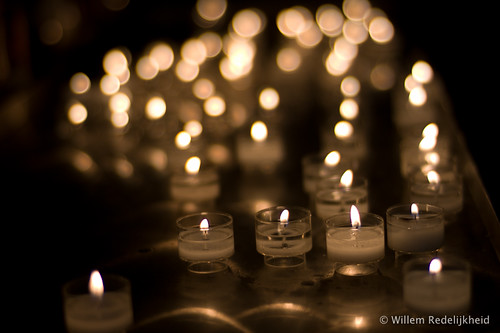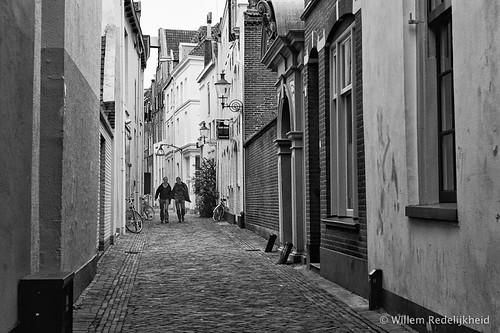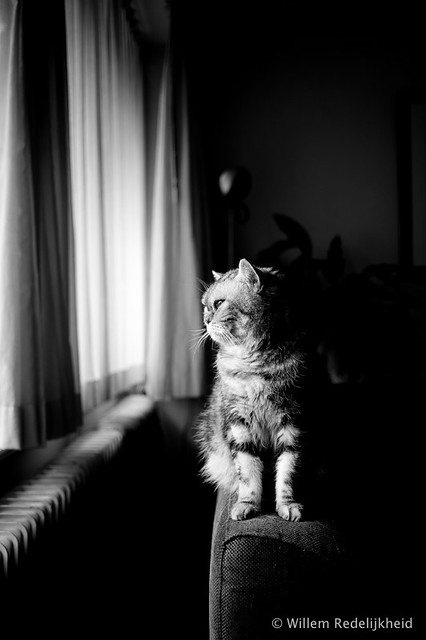When I got the Leica M9, the Leica Summilux 50mm was nowhere to found. So, at the time, I 'settled' for the Carl Zeiss (CZ) C Sonnar 1.5/50mm ZM lens instead, and entered the world of the Leica waiting-list.
A couple of weeks back I got the call that the latest version of the Summilux was available, and so I bought it. Up till now, I have both the Leica and the CZ 50mm version. The CZ version hasn't been used since (and has been put up for sale this weekend).
Two weeks ago, I decided to put the CZ and Leica lens next to each other in a small (non scientific) comparison. The settings were the following:
- ISO 160
- Auto white balance
- Aperture priority
- All photos taken with a cable release
The following samples first show the entire (smaller) image. You can click the image to see the full size JPEG (clean export from Adobe Lightroom with default settings). After that, there's a 100% (left-top-ccorner) crop and a 100% center crop.
Samples are given for the following apertures: 1.4/1.5, 2, 2.8, and 4 (the ZIP files at the end contain all the files till f/16). The Carl Zeiss lens first, followed by the Leica lens, and so on.....








